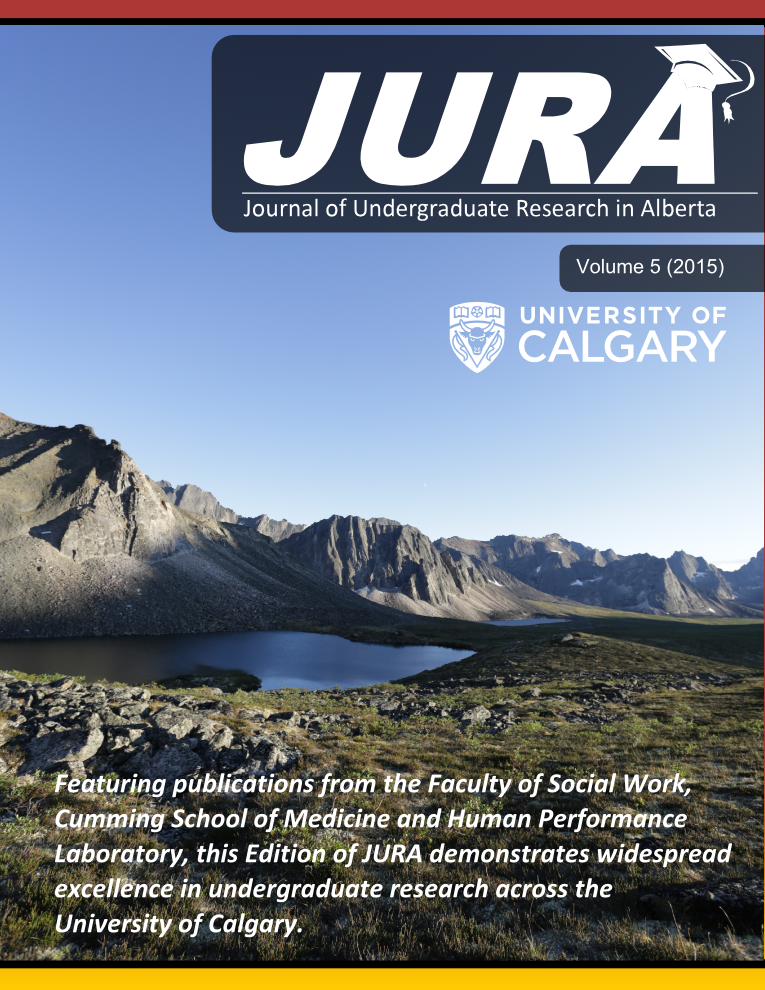Southern Alberta Vasculitis Patient Registry: Creation and Utility
Keywords:
vasculitis, registry, rheumatologyAbstract
INTRODUCTION
Vasculitides encompass a group of rare diseases where inflammation of vessels causes multisystem organ damage. Incidence, currently estimated to be 10-20/million/year, shows an increasing trend in both children and adults [1]. Due to the nature of the disease, patients need ongoing follow-up to prevent relapse, avert organ damage, and control factors associated with increased mortality. However, vasculitides can be difficult to diagnose due to the diversity of presentation and lack of disease-specific diagnostic tools.
As with other rare diseases, the limited number of patients impairs recruitment into clinical trials, impedes research, and hinders the generation of evidence-based treatment recommendations and protocols [2]. Moreover, the low patient numbers provide a barrier to obtaining reliable rare disease prevalence statistics and to gaining a clear understanding of the natural history of specific vasculitides.
To address some of these limitations, we propose to generate a prospective vasculitis registry for patients in Southern Alberta. This initial registry will serve as a foundation for collaboration with other centres at the provincial, national, and international levels (Figure 1). The establishment of such a registry will create a framework for knowledge translation, discovery, and best practice management.
METHODS
Recruitment will initially be limited to patients with vasculitis residing in Southern Alberta referred to the Rheumatology division in Calgary through the central triage system. Ethics approval was obtained in May 2012. Patients complete written informed consent at their baseline visit. Upon consenting, the patients are examined yearly by Dr. Aurore Fifi-Mah, a Rheumatologist at the South Health Campus in Calgary, Alberta. Patients also complete yearly clinical case report forms and a Patient Quality of Life form (SF-36).
Patient consent also extends to the collection of de-identified sera for storage in the Mitogen Advanced Diagnostics Laboratory in Calgary, Alberta, under the direction of Dr. Fritzler. These sera will be analyzed for the presence of new target antibodies and proteins to enhance understanding of the pathogenesis and prognosis of vasculitis.As this is an observational study, no power calculation is involved. Descriptive analysis will be used to summarize participant characteristics and comorbid conditions.
RESULTS
The initial project infrastructure has been successfully established. To date, 107 patients have been recruited with the following diagnosis (patient numbers are in brackets): ANCA-associated Vasculitis (12), Behcet’s Disease (7), Connective Tissue Disease (6), CNS Vasculitis (4), Cryoglobulinemia (1), Giant Cell Arteritis (9), IgA Vasculitis (5), Leukoclastic Angiitis (11), Neurosarcoidosis (1), NMDA Receptor Encephalitis (1), Polyarteritis Nodosa (11), Polymyalgia Rheumatica (13), Takayasu’s Arteritis (6), and Vasculitis Associated with Other Disease (20).
DISCUSSION AND CONCLUSIONS
The establishment of a Southern Alberta Vasculitis Patient Registry addresses the pervasive issues of inaccurate rare disease statistics, inadequate understanding of disease natural history, and limited diagnostic and treatment regimes. Through systematic collection and analysis of data, the registry will create a foundation of knowledge on which to build informed, standardized models of care.
Moreover, the additional benefit of serum analysis may permit the discovery of specific biomarkers and prognostic factors to classify and predict the future course of different vasculitis subtypes. This will permit individualized, patient-centred treatment.The extension of this project to include centres provincially, nationally, and internationally would magnify the utility of the initial project. The previous establishment of provincially-based vasculitis research centres through CanVasc expedites project expansion.
References
2. Barbour S, et al. BMC Nephrology 14:236, 2013.
Downloads
Additional Files
Published
Issue
Section
License
Authors retain all rights to their research work. Articles may be submitted to and accepted in other journals subsequent to publishing in JURA. Our only condition is that articles cannot be used in another undergraduate journal. Authors must be aware, however, that professional journals may refuse articles submitted or accepted elsewhere—JURA included.


